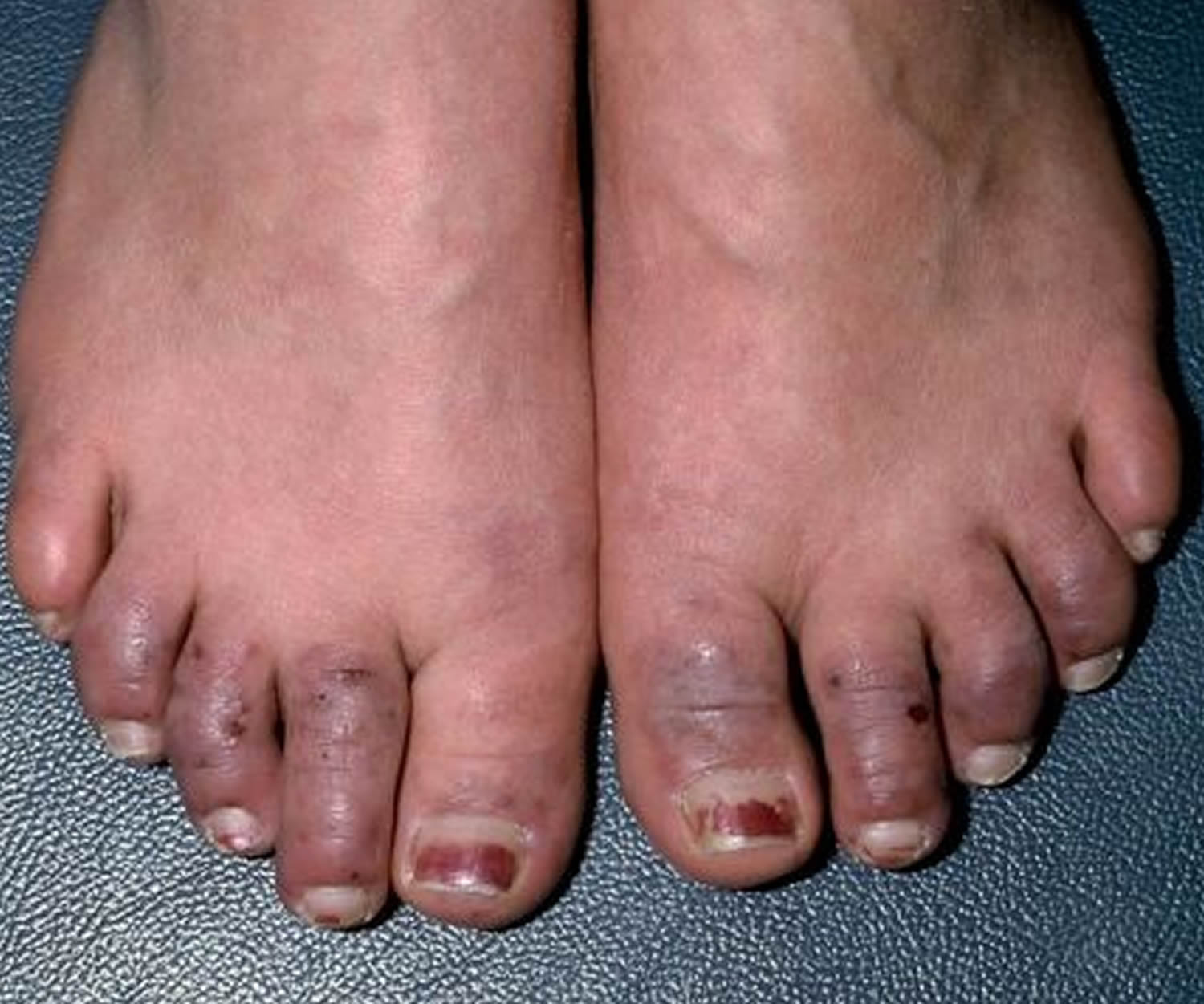
Thromboangiitis Obliterans (TAO): Understanding a Rare Vascular Disease
Introduction:
Thromboangiitis Obliterans (TAO), also known as Buerger's Disease, is a rare vascular condition that primarily affects the small and medium-sized arteries and veins in the arms and legs. This progressive inflammatory disease is characterized by the formation of blood clots (thrombi) and inflammation in the blood vessels, leading to blockages and reduced blood flow to the extremities.
Epidemiology:
- TAO is relatively rare and predominantly affects young to middle-aged adults, typically between the ages of 20 and 40.
- The disease is more common in men, especially those who are heavy smokers.
Causes:
- The exact cause of TAO remains unknown, but it is strongly associated with tobacco use, particularly heavy smoking or chewing tobacco.
- Genetic predisposition may also play a role in the development of TAO, as the disease tends to run in families.
Symptoms:
- Symptoms of TAO often start with pain and tenderness in the hands and feet, especially during physical activity or exposure to cold temperatures.
- As the disease progresses, individuals may experience:
- Persistent pain in the affected limbs, even at rest.
- Numbness or tingling sensations.
- Pale or blue discoloration of the skin.
- Ulcerations or sores on the fingers and toes.
- Gangrene (tissue death) in severe cases.
Diagnosis:
- Diagnosis of TAO requires a thorough medical history, physical examination, and diagnostic tests.
- Angiography, Doppler ultrasound, and magnetic resonance angiography (MRA) are commonly used imaging techniques to visualize the blood vessels and detect any abnormalities.
- Laboratory tests may also be conducted to rule out other conditions with similar symptoms, such as atherosclerosis or autoimmune disorders.
Treatment:
- The primary treatment for TAO is smoking cessation, as continued tobacco use exacerbates the progression of the disease.
- Medications such as vasodilators, antiplatelet agents, and pain relievers may be prescribed to manage symptoms and improve blood flow.
- In severe cases, surgical interventions such as bypass grafting or amputation may be necessary to restore blood flow or remove damaged tissue.
Prognosis:
- The prognosis for individuals with TAO varies depending on the severity of the disease and their response to treatment.
- Smoking cessation is essential for preventing further complications and improving long-term outcomes.
- Without intervention, TAO can lead to significant disability and limb loss in advanced stages of the disease.
Conclusion:
Thromboangiitis Obliterans (TAO) is a rare but serious vascular disease that primarily affects young smokers. Early diagnosis and intervention are crucial for managing symptoms, preserving limb function, and preventing complications. Smoking cessation remains the cornerstone of treatment and is essential for improving the prognosis of individuals with TAO.




